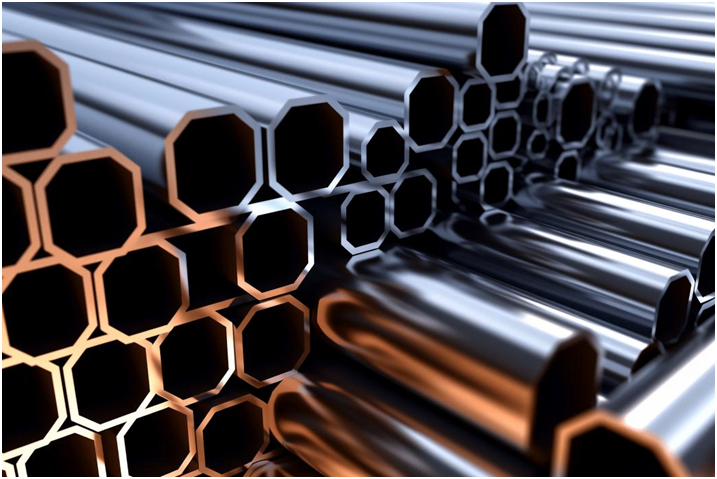The steel industry is an important basic industry in China. In recent years, the decline in steel demand and environmental and resource constraints have brought great challenges to the steel industry. In 2024, affected by factors such as the in-depth adjustment of the real estate market, the proportion of steel used in China's construction industry further decreased to 50%. At the same time, the steel demand in the manufacturing industry has maintained growth, and its proportion increased from 42% in 2020 to 50% in 2024, becoming an important force driving demand growth. According to the calculation of the Planning and Research Institute of the Metallurgical Industry, in 2024, the steel consumption of the automobile and home appliance industries increased by 1.8% and 9.1% year on year respectively.
Image Source:699pic.com
In recent years, with the accelerated development of prefabricated buildings, the steel structure industry has ushered in a large development space. In 2023, China's steel structure processing volume was 112 million tons, a year-on-year increase of 10.5%, accounting for about 11% of the crude steel output, and the proportion has been increasing year by year. Looking ahead to 2025, the steel consumption demand will increase while decreasing, and there will be quality in the increase. The demand for different varieties will continue to diverge. Among them, with the effective implementation of measures to promote the stabilization and recovery of the real estate market, the demand for construction steel is expected to improve marginally; the manufacturing industry will become the main driving force supporting the steel demand. In particular, the accelerated development of new energy, high-end equipment manufacturing, photovoltaic industry, etc. will drive the demand for corresponding varieties of steel.
In 2024, the national cumulative production of crude steel was 1.005 billion tons, a year-on-year decrease of 1.7%, achieving the expected goal of a decline in production. At the same time, affected by factors such as insufficient effective demand, the apparent consumption of crude steel in 2024 decreased to 892 million tons, a decrease of 156 million tons compared with the peak in 2020. Overall, the decline rate of steel consumption is greater than that of production, and the situation of strong supply and weak demand in the market has not changed. In terms of prices, in 2024, the average value of the China Steel Price Index (CSPI) was 102.47 points, a year-on-year decrease of 8.39%.
Facing the new situation, on the one hand, we must strengthen our confidence. On the other hand, we should adhere to stable operation and achieve high-quality development with higher efficiency, higher added value, and better services.
Maintain our determination and strictly control production capacity. We should use market-oriented and legal means to close the entrance of production capacity and unblock the exit channels to solve the problem of the balance between the total supply and total demand of steel. At the same time, we should strengthen the monitoring and analysis of the industry operation, guide enterprises to promote the adjustment of product variety structure, reasonably arrange the production rhythm, and avoid homogeneous and "revolutionary" vicious competition.
Lay out overseas and expand the market. In order to cope with the decline in demand in some downstream industries, many steel enterprises have seized the export opportunities and expanded overseas markets. In 2024, China's cumulative steel exports were 111 million tons, a year-on-year increase of 22.7%. Internationalization is an important means to respond to the changes in the development law of the steel industry, adapt to the new trend of low-carbon transformation, and optimize the global resource allocation.



